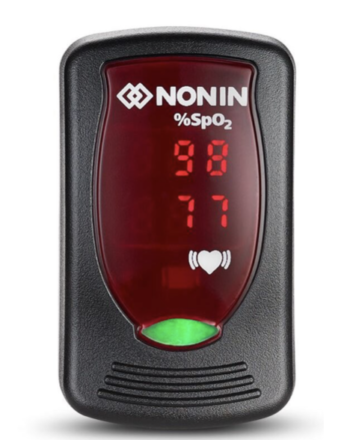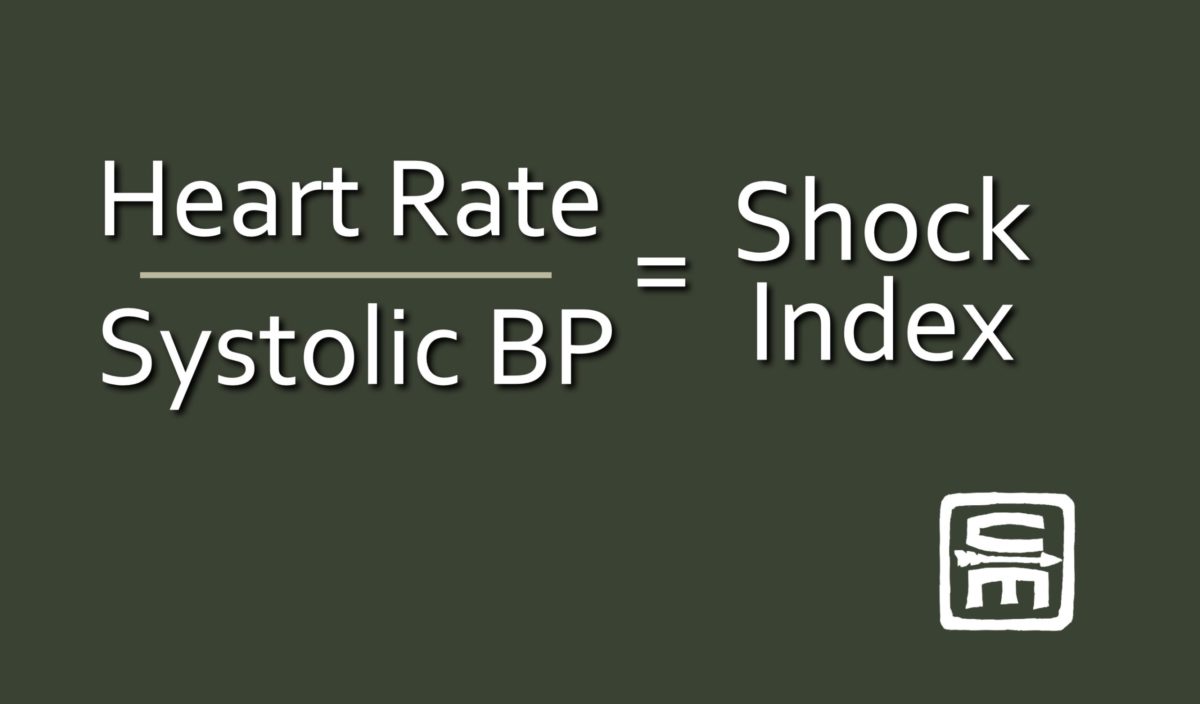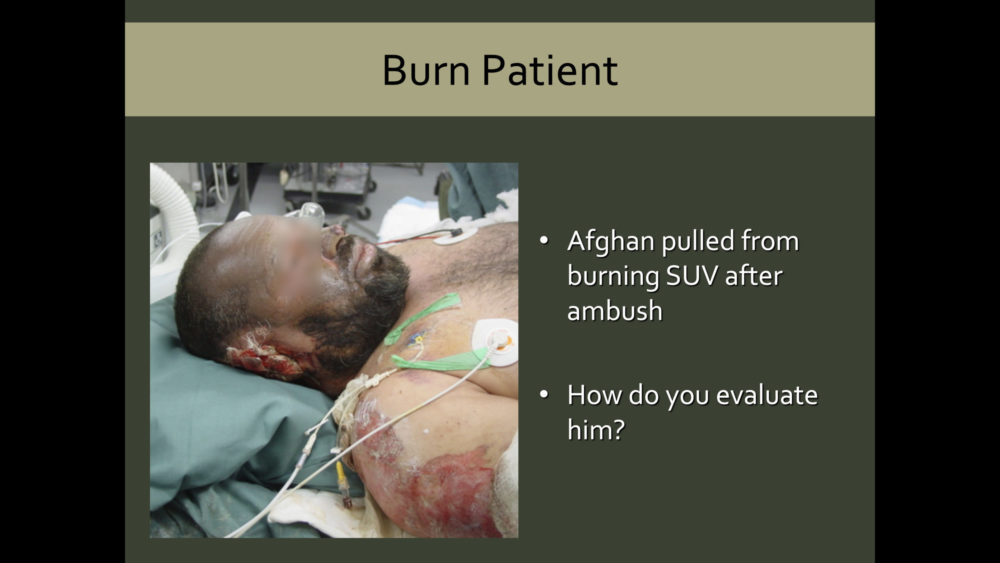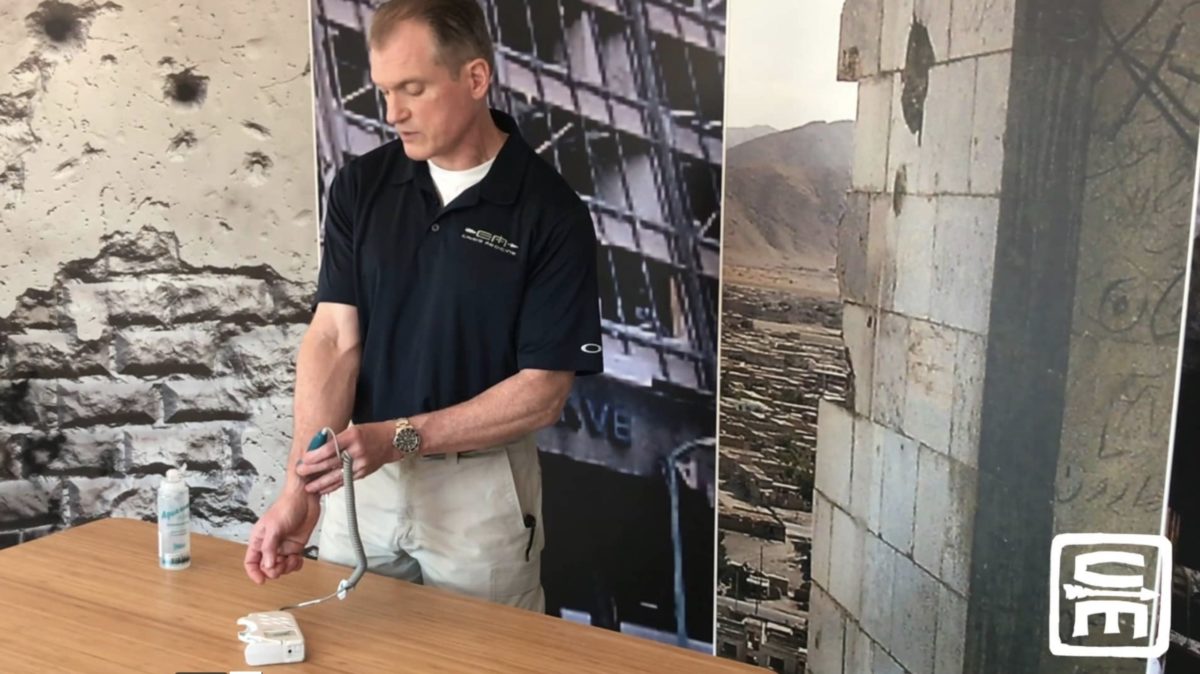BLUF*: Hypotensive trauma patients need the cause of their hypotension fixed: whether that is aggressive hemorrhage control, administration of blood products, or needle decompression for tension pneumothorax. IVF is a very temporary fix; blood products would be better. Push dose …
In our MARCH mnemonic, circulation essentially asks the question: is this patient in shock?
The preshopsital management of hypovolemic shock, without the ability to provide blood products is limited. Historically, there are a variety of clinical indicators and management strategies for hypovolemic shock; their accuracy and successes are highly variable.
🕖 Reading Time, 5 minutes BLUF*: For the pulse oximeter’s O2 saturation reading to be valid, the device must also be consistently identifying the patient’s pulse. If the pulse waveform or notation isn’t steady, the oxygen reading isn’t valid. Fingertip …
🕖 Reading Time, 4 minutes Although not as convenient as evaluating the “Go / No Go” presence of a casualty’s radial pulse, their “shock index” is a much more sophisticated snapshot of their hypovolemic status. Shock index is a ratio …
Triage systems are used by prehospital providers to “sort” casualties 🕖 Reading Time, 12 minutes into essentially those who are dead or will likely die despite treatment, those with injuries that don’t really require prehospital treatment, and those with injuries …
🕖 Reading Time, 3 minutes Burns over 20% total body surface area (TBSA) result in increased capillary permeability and intravascular fluid deficits that are most severe at 24-hours post-burn. Cardiac output decreases rapidly post-burn. With correct fluid resuscitation, cardiac output …
🕖 Reading Time, 3 minutes A doppler ultrasound is a non-invasive device that uses high-frequency sound waves to estimate the amount of blood flow through your arteries and veins, usually those that supply blood to your arms and legs. A …






